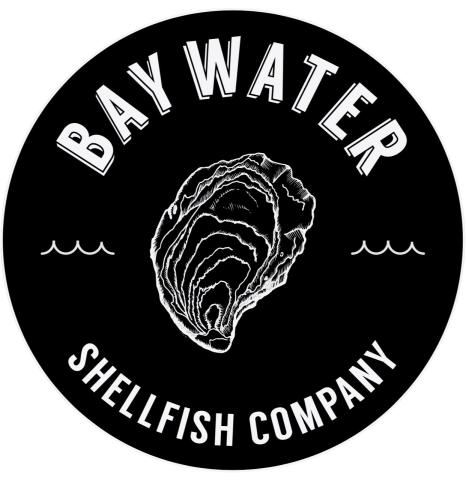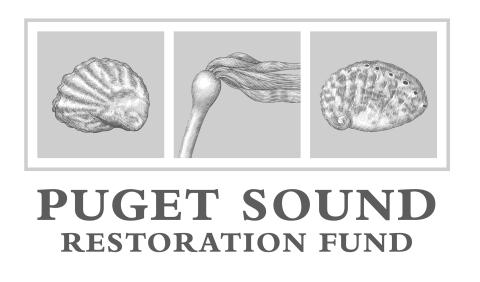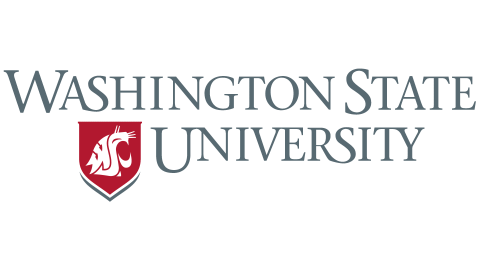Blue Carbon, Green Fields aims to modernize the age-old practice of using seaweed as agricultural soil amendments, while providing sea- and land-based farmers with a new tool in their sustainability toolboxes. Working with partners across the Puget Sound region, the project repurposes “nuisance seaweed” from commercial shellfish beds as a carbon-rich soil amendment for local farmers.
Contact Us
To contact the project team, please use the contact information below. Email is preferred. A team member will get back to you as soon as possible. Please allow up to two weeks for a response.
Note: if you are a prospective producer curious about potentially participating in our project, please see the Join Us page for more information, and to fill out an intake form.
Email address: bcgf@uw.edu
Phone number: 206-685-8439
Mailing address:
1901 Chelan Ln
331, Raitt Hall, Box 353410
Seattle, WA 98195-5852
By exploring seaweed harvest and processing methods, conducting rigorous soil application trials at nearby farms, and carefully monitoring seaweed’s effect on crops and soil health Blue Carbon, Green Fields lays a foundation for new agricultural synergies in the Puget Sound region. Ultimately, the project team hopes to establish a pathway for turning nuisance seaweed into extra income for shellfish farmers, while providing their upland neighbors with a cost-effective alternative to conventional soil amendments.
The University of Washington is carrying out this work in partnership with Viva Farms, Puget Sound Restoration Fund, Washington State University and Baywater Shellfish on this U.S. Department of Agriculture (USDA)-supported project.
First year impacts
In December 2023, the UW received a nearly $5M USDA award to help local shellfish and specialty crop farmers reduce their costs and improve water and soil quality by repurposing nuisance seaweed removed from shellfish farms as an agricultural soil amendment. In just over a year of activity, this promising 5-year collaborative project has made great strides, and laid the groundwork for even more benefits for farmers in the future! Some of the project’s first-year accomplishments include:
- Piloted innovative methods for seaweed harvest, processing, and field-application, and planned even more innovations for the future.
- Provided technical assistance and free seaweed to four farms in Skagit and King counties who hosted field trials.
- Provided training in agricultural and environmental science and outreach for over a dozen students and early-career professionals.
- Removed nearly 17,000 lbs of nuisance seaweed from commercial shellfish beds.
- Provided over $20,000 in direct financial support to farms participating in the project.
- Garnered tremendous enthusiasm among local farmers, with over 70 expressing interest in joining the project in Year 2 and beyond.
With project support, participating farmers were able to invest thousands in seaweed harvest and drying infrastructure and hire additional staff for the upcoming field season. The anticipated return on these investments was high; one participating geoduck grower estimated the annual value of seaweed removal at ~$15,000 per acre of these lucrative shellfish, based on reduced mortality. Land-based farmers utilizing seaweed in place of conventional soil amendments also expected to benefit from avoided costs, better weed suppression, and enhanced marketing opportunities.
Background and key concepts
Each year, shellfish farmers in Puget Sound remove tons of nuisance seaweed, which thrives in nutrient-rich waters and fouls their shellfish beds and gear. Typically, this seaweed is left to decompose in the adjacent tidelands, releasing its accumulated carbon and nutrients back into nearshore waters.
Meanwhile, nearby land-based farmers often need sources of organic material to boost the carbon and nutrient content of their soils. Harvesting seaweed from commercial shellfish beds and applying it to agricultural soils offers a potential win-win for the environment and local farmers.
Creating a baseline of infrastructure for seaweed harvest, processing, transport and storage could transform nuisance seaweed removal – a costly and time-consuming process – into an established, and ultimately profitable endeavor for shellfish farmers, while providing local land-based farmers with a reasonably priced, low-waste alternative to conventional soil amendments.
Why is seaweed a nuisance?
As seaweed and kelp grow in marine waters, they protect coastal ecosystems and vulnerable species by absorbing excess carbon, as well as surplus nutrients. This protection is only temporary, however, since most of what seaweeds and kelp absorb is released after their growing season, when their tissues start to break down. In places where seaweed accumulates – like shellfish farms – this decomposition starves marine creatures, including shellfish, of oxygen and actually worsens local ocean acidification, making it harder for them to form their shells.
Additionally, seaweed creates logistical headaches for shellfish farmers as it blankets cultivation areas and clogs equipment. In an effort to protect their shellfish beds, farmers often remove excess seaweed but, for lack of a better alternative, are forced to leave it on the tideflats.
Green gold
Land-based farmers have long known that adding seaweed to their fields replenishes soil carbon, which is often depleted due to management practices such as tillage. It also offers a source of valuable nutrients for crop growth, and can help to close a missing link in the cycling of nutrients between land and sea. Like other organic amendments, seaweed can also improve overall soil quality and enhance water and nutrient dynamics, building resilience to the impacts of changing growing conditions.
Why Puget Sound?
There is a remarkable concentration of both sea farms and land-based farms producing specialty crops such as fruits and vegetables around Puget Sound, many of which prioritize environmental sustainability and regenerative practices. At the same time, both farm labor and farmland in Washington state are expensive, and farmers of all kinds must work hard to keep costs down, whether those costs are related to nuisance seaweed removal or the purchase of high-quality soil amendments. These factors make the Puget Sound region distinctly well-suited to try this promising sea-to-soil solution.
It takes a network
The knowledge base and community of practice to support this sea-to-soil solution does not yet exist. The Blue Carbon, Green Fields project aims to fill these gaps through our innovative proof-of-concept pilot program. Repurposing nuisance seaweed as a resource for soil health has potential environmental benefits but also cultivates a community network of farmers helping farmers, collectively committed to building a more resilient, sustainable food system.
Project structure and design
Over the project’s five years (2024-2028) the team will provide both shellfish farmers and land-based farmers with comprehensive technical assistance, perform rigorous environmental and economic analyses to capture the benefits of this practice, and establish a long-term framework to verify results. This will be done with a variety of farm partners throughout the project. The team will produce a practical blueprint for continuing sea-to-soil practices beyond the lifespan of the project. Together, we hope to pave the way for future adoption of this practice across the Puget Sound region.
Partners
This project is a partnership between UW, Washington Sea Grant, Washington State University, Puget Sound Restoration Fund, Viva Farms and Baywater Shellfish.




